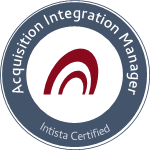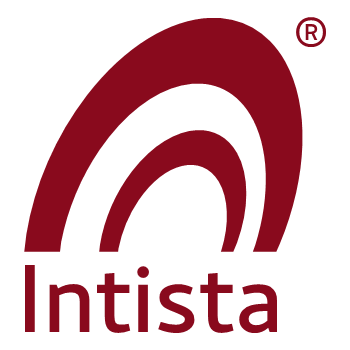There are almost 50,000 acquisitions per year. The majority of these are small, lower-mid and mid-size businesses.
Lower-mid and mid-size businesses are ones that have moved beyond a founder doing most of the work to having teams or departments. Although they have an org. chart, they are very different to large businesses in the way that they behave.
If an acquirer is much larger than the business it acquires, they should not be treated like a small version of themselves. To integrate successfully, you must onboard the acquired staff with care and attention.
A typical smaller business that is acquired has a vibrancy, an energy and the potential to grow. This dynamic culture has a product and vision of the future successful enough to attract the attention of an acquirer. Now that they’re part of a larger company there’s a lot of uncertainty in the air: does the acquirer have the same vision? Are we being assimilated into their vision? And what is that vision?
Onboarding is not just paperwork and the Welcome speech for new employees: it is a program of processes and events that introduce new employees to a business, speed up and smoothen their learning curve of working in the new environment with new processes.
- Note that training isn’t sufficient: there has to be reinforcement to ensure that the staff use and understand this new approach (Change Management).
Onboarding acquired staff, during an integration requires a concerted effort. Compare this:
- A new hire starts at a company. He/she will usually be surrounded by colleagues who are already familiar with how the business works and its culture. In short, newly hired staff learn by osmosis: they pick things up by being in the vicinity of the existing staff
- Acquired businesses are in an office that is remote from the parent company. They can’t learn by osmosis: they can pick up the large topics from websites and superficial discussions. However they can’t get the detail that they need to be efficient
How to onboard acquired staff
Appoint an Onboarding Team
The acquired business needs somebody that they can go to, to ask any question: this is the Onboarding Team. With mid-size acquisitions this team could have 5 people, but with a small integration the Acquisition Integration Manager includes this into his/her role.
Answer the Small Questions
What an acquired person needs to know is the stuff that you can’t find on a company website, and this really affects productivity.
- How do you get …?
- What type of … do you use?
- What happens when …?
- Where can I find out how to …?
- Is it still OK if …?
- Who do I now go to for …?
- When should we replace …?
These are the questions that acquired staff often think is too small to ask at a staff meeting, or when a senior manager visits their office. This collection of small disruptions adds up to lower productivity, and with lower productivity comes frustration and long negative discussions in the coffee room.
Visit often
Each employee will have different needs, and will adapt to the new environment at their own speed. Before the Day 1 announcement create the schedule of visits for the Onboarding Team to be in the acquired office(s). Office visits should be more than one day per week and should occur at least 3 times in the first month, with the frequency decreasing over time.
Mix the staff
There are going to be office visits to and from this new remote office, but do not restrict the visits to just senior staff. Send a whole spectrum of staff from the lower levels to middle management to and from this new office. The people you send need to be approachable conversationalists with a high emotional intelligence: they have to be able to talk and listen to the people around them. Ensure that the Integration Manager talks to the visitors to gather insight from another perspective. Sending staff to other offices has a number of advantage:
- Helps to foster cultural understanding, breaking down barriers
- Demonstrates faith in parent company and newly acquired staff
- Rewards staff as being recognized representatives of their office
- Demonstrates commitment to the integration plan and the acquired company

All too often onboarding of the staff is given a lower priority that the merging of processes and systems. However, balance is important, as a lot of the value of the business depends upon the people within it. There’s a lot going on even in the smallest of integrations. Get onboarding right and you’ll improve the odds of integration success.
Onboarding is one of the lessons in our Certified Acquisition Integration Manager program to grow your in-house expertise.

